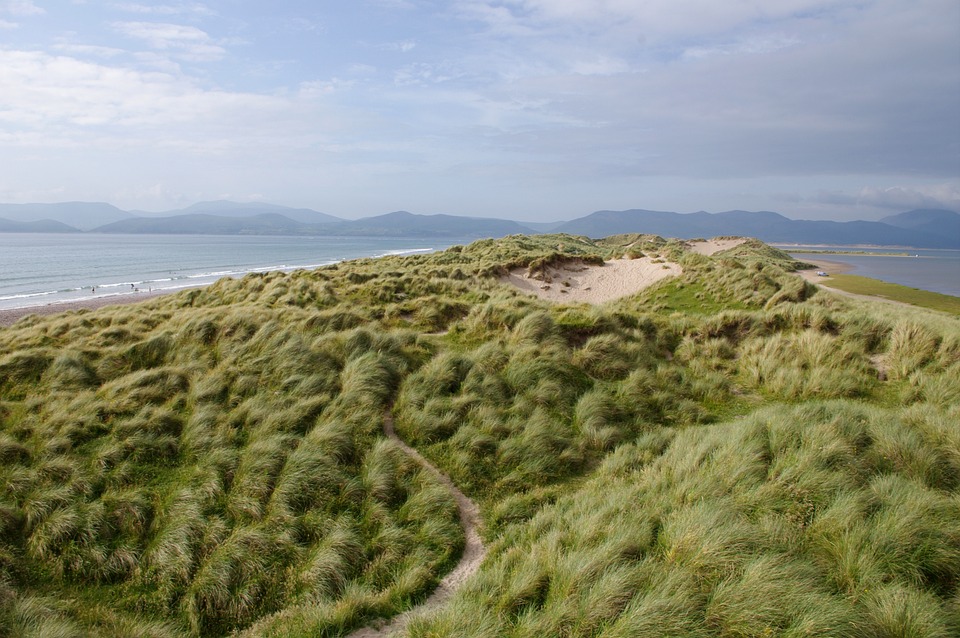
A Look at Ireland’s Rich History and Heritage
Ireland, often known as the Emerald Isle, is a country steeped in history and heritage that dates back thousands of years. From ancient Celtic tribes to Viking invaders, Ireland’s history is as diverse as its landscapes. Let’s take a closer look at some of the key aspects of Ireland’s rich history and heritage.
Ancient Ireland: The Celts
One of the most defining periods in Ireland’s history is the arrival of the Celts around 500 BC. The Celts brought with them their own unique language and culture, which would go on to heavily influence the Irish people. The Celts were skilled craftsmen, producing intricate metalwork and elaborate jewelry that is still admired today.
One of the most iconic symbols of Celtic Ireland is the Hill of Tara, believed to be the ancient seat of the High Kings. It was here that the Ard Rí, or High King, would hold court and oversee the affairs of the kingdom. The Hill of Tara is also associated with Irish mythology, particularly the story of the Tuatha Dé Danann, a mythical race of gods and goddesses who were said to inhabit Ireland.
The Viking Invasion
In the 8th century, Ireland faced a new threat with the arrival of the Vikings. The Vikings, who came from Scandinavia, raided Irish monasteries and settlements, creating chaos and turmoil across the country. Despite their destructive tendencies, the Vikings also played a role in shaping Ireland’s history. They founded several towns and cities, including Dublin, which would go on to become a major center of trade and commerce.
One of the most famous Viking artifacts in Ireland is the Ardagh Chalice, a silver cup that dates back to the 8th century. The Ardagh Chalice is a masterpiece of Celtic metalwork, featuring intricate designs and intricate detailing that showcase the skill of its craftsmen.
The Norman Conquest
In the 12th century, Ireland faced another invasion, this time from the Normans. Led by King Henry II of England, the Normans conquered much of Ireland, establishing a system of feudal rule that would last for centuries. The Normans built castles and fortresses across the country, leaving a lasting mark on the Irish landscape.
One of the most famous Norman castles in Ireland is Trim Castle, located in County Meath. Trim Castle is the largest Anglo-Norman castle in Ireland and played a crucial role in the Norman conquest of the country. The castle’s imposing walls and towers are a testament to the power and influence of the Normans in Ireland.
The Tudor Conquest and Plantation
In the 16th century, Ireland faced yet another period of upheaval with the Tudor conquest and plantation. The Tudor monarchs sought to bring Ireland under English control, leading to a series of wars and rebellions that would shape Irish history for centuries to come. The Tudor plantation saw English and Scottish settlers given land in Ireland, leading to the displacement of many native Irish people.
One of the most notorious incidents of the Tudor conquest is the Siege of Kinsale in 1601. The siege saw English forces defeat the Spanish and Irish armies, marking a turning point in the conflict. The aftermath of the Siege of Kinsale saw the introduction of harsh penal laws that would severely restrict the rights of Irish Catholics for centuries.
The Easter Rising and Irish Independence
In the early 20th century, Ireland experienced a period of political upheaval with the Easter Rising of 1916. The Easter Rising was a rebellion against British rule, led by a group of Irish nationalists who sought to establish an independent Irish republic. Although the rebellion was ultimately defeated, it paved the way for the Irish War of Independence and the eventual establishment of the Irish Free State.
One of the most iconic sites of the Easter Rising is the General Post Office (GPO) in Dublin. The GPO served as the headquarters for the rebels during the uprising and was heavily damaged in the fighting. Today, the GPO is a symbol of Irish independence and is a popular tourist attraction in Dublin.
Modern Ireland
Today, Ireland is a vibrant and modern country that continues to celebrate its rich history and heritage. From ancient Celtic ruins to Viking artifacts, Ireland’s past is visible in its landscapes and architecture. The country’s culture and traditions are deeply rooted in its history, with festivals and events that pay homage to its Celtic and Viking roots.
One of the most famous cultural events in Ireland is St. Patrick’s Day, a celebration of the country’s patron saint. St. Patrick’s Day is marked by parades, concerts, and festivals across the country, as well as the iconic tradition of dying the rivers and buildings green. The holiday is a testament to Ireland’s rich heritage and its enduring spirit of resilience and celebration.
In conclusion, Ireland’s history and heritage are a testament to the country’s resilience and spirit. From ancient Celtic tribes to Viking invaders, Ireland has weathered countless invasions and conflicts, shaping its culture and identity. Today, Ireland continues to celebrate its past while looking towards the future, honoring the legacy of those who came before. Ireland’s rich history and heritage are a source of pride for its people and a reminder of the country’s enduring spirit.
Leave a Comment